Inhalt
Informieren Sie sich über das Amazon-Influencer-Programm im Vergleich zum Partnerprogramm, um herauszufinden, welches Programm zu Ihrem Content-Stil, Ihrer Zielgruppe und Ihren Monetarisierungszielen passt.
Als Affiliate-Vermarkter wissen Sie wahrscheinlich bereits, dass Amazon eine ideale Plattform ist, um Provisionen zu verdienen, indem Sie Ihre Lieblingsartikel teilen. Aber es gibt eine Frage, die viele Content-Ersteller und -Vermarkter umtreibt:
Welches Amazon-Programm soll ich nutzen? Und welches ist eigentlich das richtige für mich?
Amazon bietet zwei Hauptverdienstmöglichkeiten: die Amazon-Influencer-Programm und die Amazon Partnerprogramm (auch bekannt als Amazon Associates).
Sie klingen ähnlich, und ehrlich gesagt ist es leicht, sie zu verwechseln. Aber sie sind für unterschiedliche Arten von Vermarktern gedacht. Die eine ist ideal, wenn Sie viel in sozialen Medien unterwegs sind. Das andere ist besser für Blogs, Websites und Newsletter geeignet.
Wie finden Sie also heraus, welches Programm zu Ihren Inhalten und Ihrer Zielgruppe passt?
Genau dabei soll Ihnen dieser Beitrag helfen. Wir werden die Unterschiede zwischen dem Amazon-Influencer-Programm und dem Partnerprogramm aufschlüsseln, die Verwirrung aufklären und Sie durch die besonderen Merkmale der beiden Programme führen. Auf diese Weise können Sie die Plattform wählen, die für Ihre Online-Empfehlung von Produkten am sinnvollsten ist.
Was ist das Amazon Partnerprogramm (auch bekannt als Amazon Associates)?
Das Amazon Partnerprogramm, offiziell genannt Amazon-Mitgliederist eine der einfachsten Möglichkeiten, Geld zu verdienen, indem man Online-Empfehlung von Produkten. Wenn Sie einen Blog, eine Website, einen YouTube-Kanal oder sogar eine ansehnliche E-Mail-Liste haben, können Sie sich um die Teilnahme bewerben.

Und so funktioniert es: Sie melden sich an, erhalten einen speziellen Link zu einem beliebigen Produkt auf Amazon und fügen ihn zu Ihrem Inhalt hinzu. Wenn jemand auf Ihren Link klickt und etwas kauft - auch wenn es nicht genau der Artikel ist, den Sie verlinkt haben -, erhalten Sie trotzdem eine Provision.
Einfach, nicht wahr?
Dieses Programm eignet sich besonders für Blogger, Nischenseitenbesitzer, Produktrezensenten und alle, die regelmäßig Inhalte erstellen, die Produktempfehlungen enthalten könnten.
Hauptmerkmale von Amazon Associates
- Link zu einem beliebigen Produkt im riesigen Amazon-Katalog - Bücher, Elektronik, Haushaltswaren, alles, was Sie wollen.
- Die Provisionssätze variieren je nach Produktkategorievon etwa 1% bis 10%, je nachdem, was Ihr Publikum kauft.
- 24-Stunden-Cookie-Fenster - Sie erhalten eine Provision für jeden qualifizierten Kauf, der innerhalb von 24 Stunden nach Anklicken Ihres Links getätigt wird.
- Eingebaute Werkzeuge wie Banner, Produkt-Widgets und Tracking-Berichte helfen Ihnen, die Leistung zu überwachen.
Es ist ein flexibler Weg, um Ihre vorhandenen Inhalte zu Geld zu machen. Und mit dem richtigen Setup kann es zu einer stetigen Quelle passiven Einkommens werden.
So bewerben Sie sich für das Amazon-Partnerprogramm (Amazon Associates)
Die ersten Schritte mit Amazon Associates sind ziemlich einfach. So funktioniert es:
- Weiter zu die Amazon Partnerprogramm Seite und klicken Sie auf "Anmelden".
- Fügen Sie Ihre Inhaltsplattform hinzu - Das kann Ihr Blog, Ihre Website, Ihr YouTube-Kanal oder Ihre App sein.
- Wählen Sie die Arten von Produkten die Sie zu fördern gedenken, und teilen Sie etwas über Ihr Publikum mit.
- Ihr Konto erstellen und beginnen Sie sofort mit der Generierung von Affiliate-Links.
Amazon gibt Ihnen 180 Tage Zeit, um die mindestens 3 qualifizierte Verkäufe. Sobald Sie diesen Meilenstein erreicht haben, kann Ihr Konto vollständig genehmigt werden. Lesen Sie unseren vollständigen Artikel zum Thema "Wie werde ich ein Amazon-Partner" weiter unten:
Was ist das Amazon Influencer Programm?
Wenn Sie in den sozialen Medien aktiv sind und eine große Fangemeinde haben, ist die Amazon-Influencer-Programm könnte eher Ihr Ding sein. Es ist Amazons Antwort auf Creators, die Produkte direkt über Plattformen wie Instagram, TikTok, YouTube oder Facebook bewerben.
Anstatt nur einzelne Produktlinks zu übernehmen, wie Sie es bei Amazon Associates tun, können Sie mit diesem Programm Ihre eigenes Amazon-Storefronteine kuratierte Seite, auf der Sie Produktkollektionen präsentieren können, die zu Ihrer Nische oder Ihrer persönlichen Marke passen.

Sie können dann Ihren Schaufensterlink teilen oder einzelne Produktauswahlen über Ihre sozialen Kanäle bewerben. Wenn jemand über Ihren Link kauft? Sie verdienen eine Provision.
Die wichtigsten Merkmale des Amazon-Influencer-Programms
- Benutzerdefiniertes Amazon-Schaufenster - Ihr persönlicher Shop, in dem Ihre Follower alle Ihre Empfehlungen an einem Ort durchsuchen können.
- Teilbare Schaufenster-URL - Einfach in Ihrer sozialen Biografie, in Videobeschreibungen oder über Swipe-up-Links zu bewerben.
- Anforderungen an die Zuschussfähigkeit - Sie brauchen ein engagiertes Publikum auf Plattformen wie Instagram, YouTube, TikTok oder Facebook. Amazon achtet auf die Anzahl Ihrer Follower und Ihr Engagement, nicht nur auf große Zahlen, sondern darauf, wie aktiv Ihre Community ist.
- Gleiche Provisionssätze wie Amazon AssociatesSo verdienen Sie einen Prozentsatz an qualifizierten Käufen, genau wie traditionelle Partner.
Dieses Programm ist ideal für Autoren, die sich auf Inhalte wie Produktbewertungen, "Unboxings", Lifestyle-Reportagen oder Tutorials konzentrieren, die auf natürliche Weise zu Produktempfehlungen führen.
So bewerben Sie sich für das Amazon Influencer Programm
Wenn Sie in den sozialen Medien aktiv sind und eine anständige Fangemeinde haben, können Sie sich in wenigen Schritten für das Amazon Influencer Program bewerben:
- Besuchen Sie die Amazon Beeinflusser Seite und klicken Sie auf "Anmelden".
- Verbinden Sie Ihr soziales Konto - normalerweise Instagram, YouTube, TikTok oder Facebook.
- Amazon wird Ihr Profil überprüfenund schaut auf Dinge wie die Anzahl der Follower und das Engagement.
- Wenn Sie genehmigt werden, haben Sie die Möglichkeit Ihr individuelles Schaufenster einrichten und geben Sie Ihre Empfehlungen weiter.
Es gibt keine genaue Mindestanzahl von Anhängern, aber in der Regel haben Schöpfer mit mindestens 1.000 engagierte Follower haben gute Chancen, vor allem, wenn sie produktspezifische Inhalte veröffentlichen.
Sobald Sie angemeldet sind, können Sie sofort mit der Erstellung Ihres Schaufensters und dem Hinzufügen von Produktlinks beginnen.
Profi-Tipp: Amazon-Produktlinks sind oft lang und unübersichtlich - manchmal sehen sie so willkürlich aus, dass die Leute zögern, darauf zu klicken. Aber mit dem PrettyLinks-Steckerkönnen Sie diese Links in kurze, saubere, markengeschützte URLs verwandeln, die tatsächlich vertrauenswürdig aussehen:
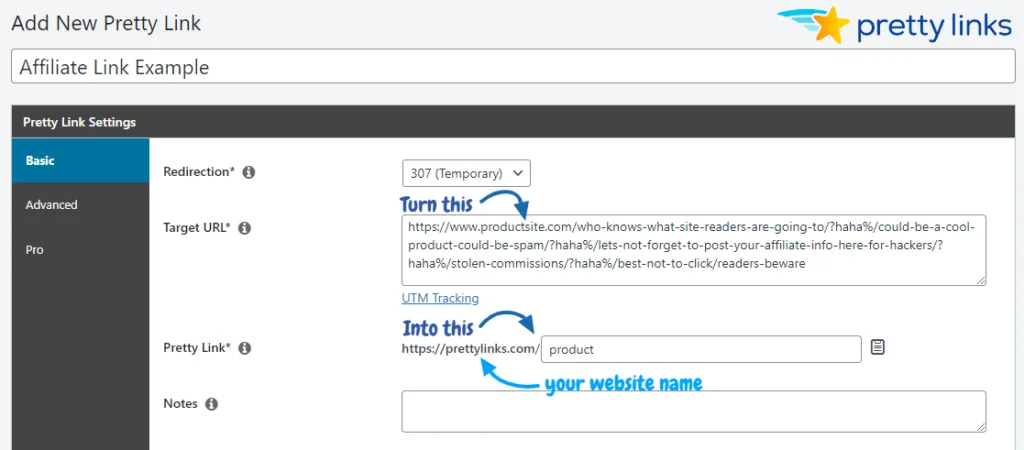
Sie können auch:
- Verfolgen Sie, wie viele Klicks jede Verbindung erhält
- Sehen Sie, woher Ihr Verkehr kommt
- Und selbst Organisieren Sie Ihre Links nach Kategorien damit Sie sie später nicht jagen müssen
Eine einfache Möglichkeit, Ihre Affiliate-Links professioneller aussehen zu lassen und hinter den Kulissen noch härter für Sie arbeiten.
Hauptunterschiede zwischen dem Amazon-Influencer-Programm und dem Partnerprogramm
Hier ist eine Tabelle, die die Hauptunterschiede zwischen dem Amazon-Influencer-Programm und dem Partnerprogramm:
| Merkmal | Amazon Partner (Associates) | Amazon Beeinflusser |
| Zugangsvoraussetzungen | Offen für fast jeden mit einem Blog, einer Website oder einem Kanal. Einfacher Genehmigungsprozess | Nur für Kreative mit qualifizierten sozialen Followern und Engagement (z. B. 1-5k+ auf Instagram/YouTube/TikTok) |
| Wo Sie teilen | Verwenden Sie produktspezifische Links, die in Ihren Inhalt eingebettet sind (Blog, Video, E-Mail) | Erhöhen Sie den Verkehr zu Ihrem maßgeschneiderte Fassade oder Sammlungen, die über einen einzigen Link geteilt werden |
| Erscheinungsbild der Links | Direkte Links führen zu den Produktseiten auf Amazon | Links verweisen auf Ihre kuratiertes SchaufensterSchaffung eines Einkaufszentrums mit Markenzeichen |
| Link-Generierung | Kann mit jedem Produkt verknüpft werden, mit voller Flexibilität | Sie können einen Link zu Ihrem Amazon-Schaufenster freigeben oder direkt auf einzelne Produkte verlinken, die Sie dort eingestellt haben. |
| Provisionen | Variiert je nach Kategorie (ca. 1-10%) | Gleiche Provisionsstruktur wie Associates |
| Cookie-Fenster | Standard-24-Stunden-Cookie-Fenster | Gilt auch für Klicks im Schaufenster und einzelne Produktkäufe |
| Branding & Erfahrung | Minimale Markenkontrolle; Links verschmelzen mit dem Inhalt | Vollständige Anpassung des Schaufensters, Produktlisten und Brand Hub-Feeling |
| Analytik & Verfolgung | Standard-Affiliate-Dashboard mit Klicks und Einnahmen | Das Dashboard für Influencer bietet Analysen zum Schaufenster sowie Videoaufrufe usw. |
| Promotion-Tools | StandortStripe LinksBanner, Widgets, APIs | Schaufenster, Amazon Live, Ideenlisten, Video-Uploads |
| Globale Reichweite | Geo-umgeleitete Links unterstützen den internationalen Verkehr | Das Schaufenster ist hauptsächlich auf die USA ausgerichtet (die Verfügbarkeit kann variieren) |
| Kontoanforderungen | Muss in den ersten 180 Tagen einige qualifizierte Verkäufe tätigen | Muss eine aktive Schaufensterfront aufrechterhalten; geringes Engagement kann zu einer Entfernung aus der Ruhephase führen |
| Einfaches Einrichten | Schnelle Anmeldung über Ihre Website oder Ihren Kanal | Die Einrichtung umfasst die Erstellung eines Schaufensters, aber es wird keine Website benötigt. |
| Am besten für | Blogger, Nischenseiten, Produktrezensenten, Schriftsteller | Schöpfer sozialer Medien, die sich auf visuelle/geschichtliche Inhalte konzentrieren |
Welche sollten Sie verwenden?
Die Entscheidung zwischen dem Amazon Influencer-Programm und dem Partnerprogramm hängt wirklich von folgenden Faktoren ab wie und wobei Sie erstellen Inhalte.
- Wenn Sie hauptsächlich auf Instagram, TikTok oder YouTube postendie Influencer-Programm ist genau dafür gemacht. Sie erhalten ein gebrandetes Schaufenster, mit dem Sie Ihre Follower an einem Ort auf alle Ihre Angebote aufmerksam machen können.
- Wenn Sie Blogbeiträge schreiben, eine Website betreiben oder Newsletter versendendie Partnerprogramm (Associates) gibt Ihnen mehr Flexibilität bei Link zu einzelnen Produkten irgendwo in Ihrem Inhalt.
- Sie möchten mehr Kontrolle über Markenbildung und Produktkuration? Das Influencer-Programm gibt Ihnen mehr Möglichkeiten, Ihre Kollektionen zu präsentieren.
- Sie fangen gerade erst an oder konzentrieren sich auf SEO und lange Inhalte? Das Partnerprogramm ist oft am einfachsten zu pflegen und zu erweitern.
Aber hier ist die Sache: Sie müssen sich nicht nur für eine entscheiden. Viele Ersteller verwenden tatsächlich beide - Werbung für ihre Influencer-Schaufenster in den sozialen Medien und Einfügen von Affiliate-Links in Blogbeiträge oder YouTube-Videobeschreibungen.
Und das unabhängig davon, welches Programm (oder welche Kombination) Sie verwenden, PrettyLinks kann Ihnen dabei helfen, Ihre Amazon-Links zu organisieren, zu säubern und nachzuverfolgen, so dass Ihr Monetarisierungsspiel auf allen Plattformen stark bleibt.
Zu vermeidende Fehler (bei beiden Programmen)
Wenn Sie gerade erst mit den Affiliate- oder Influencer-Programmen von Amazon beginnen, sollten Sie auf ein paar leicht zu machende Fehler achten:
- Vergessen, Angaben zu machen
Lassen Sie Ihr Publikum immer wissen, dass Sie Affiliate-Links verwenden. Das ist nicht nur eine bewährte Praxis - es ist eine FTC-Anforderung. Ein einfaches "Als Amazon Associate verdiene ich an qualifizierten Einkäufen" funktioniert. - Verwendung roher, nicht markengeschützter Links
Lange, unübersichtliche Amazon-URLs können spammig aussehen. Tools wie PrettyLinks helfen Ihnen, diese in saubere, markengeschützte Links zu verwandeln, denen die Leute tatsächlich vertrauen und auf die sie klicken wollen.
- Verknüpfung ohne Strategie
Setzen Sie nicht einfach Links ein und hoffen Sie auf das Beste. Achten Sie darauf, dass Ihre Empfehlungen zu Ihrem Inhalt passen und Ihrem Publikum tatsächlich helfen, egal ob Sie eine Rezension schreiben, ein Video drehen oder eine Liste zusammenstellen.
Wenn Sie diese frühen Fehler vermeiden, können Sie Vertrauen aufbauen, die Vorschriften einhalten und mit der Zeit mehr verdienen.
Abschließende Überlegungen
Letzten Endes sind beide Amazon-Programme nur verschiedene Wege, um dasselbe zu tun: Produkte, von denen man überzeugt ist, zu teilen und dafür belohnt zu werden, wenn andere sie kaufen.
Ganz gleich, ob Sie es vorziehen, lange Inhalte zu erstellen oder durch schnelle Videos und soziale Beiträge mit Ihrem Publikum in Kontakt zu treten - es gibt einen Weg, der zu Ihrem Stil passt.
Die gute Nachricht? Sie müssen nicht zu viel darüber nachdenken - und auch nicht nur eine auswählen. Beginnen Sie dort, wo es sich am natürlichsten anfühlt, zeigen Sie sich weiterhin für Ihr Publikum und lassen Sie Ihre Linkstrategie mit Ihnen wachsen.
Und wenn Sie bereit sind, Ihre Links besser aussehen zu lassen, mehr zu leisten und organisiert zu bleiben, während Sie wachsen, PrettyLinks ist der perfekte Begleiter für jeden Weg, den Sie bei Amazon einschlagen.
Haben Sie weitere Fragen? Lassen Sie es uns im Kommentarbereich unten wissen.

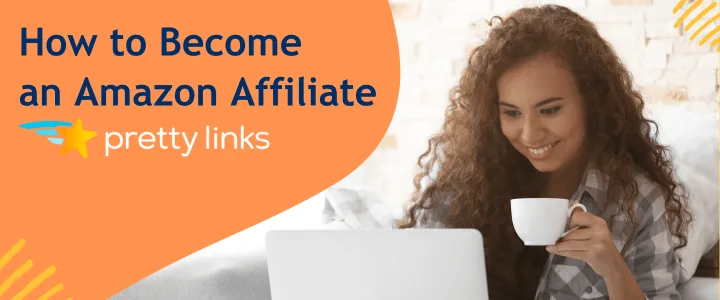
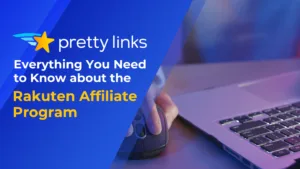
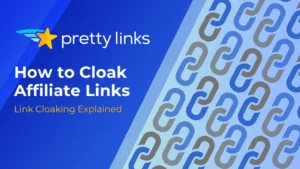
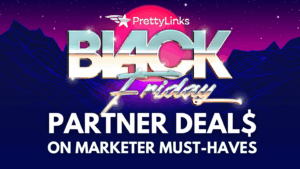


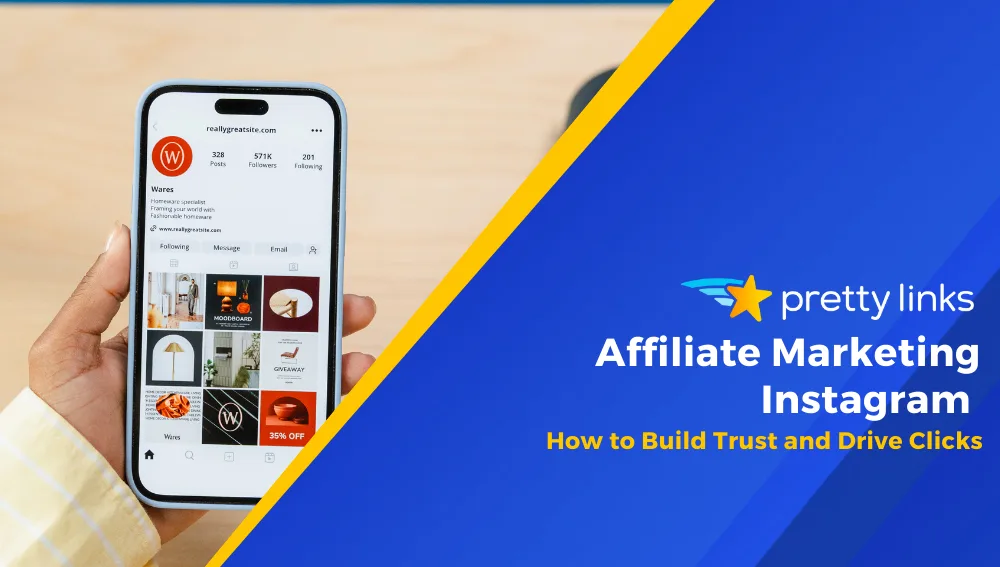
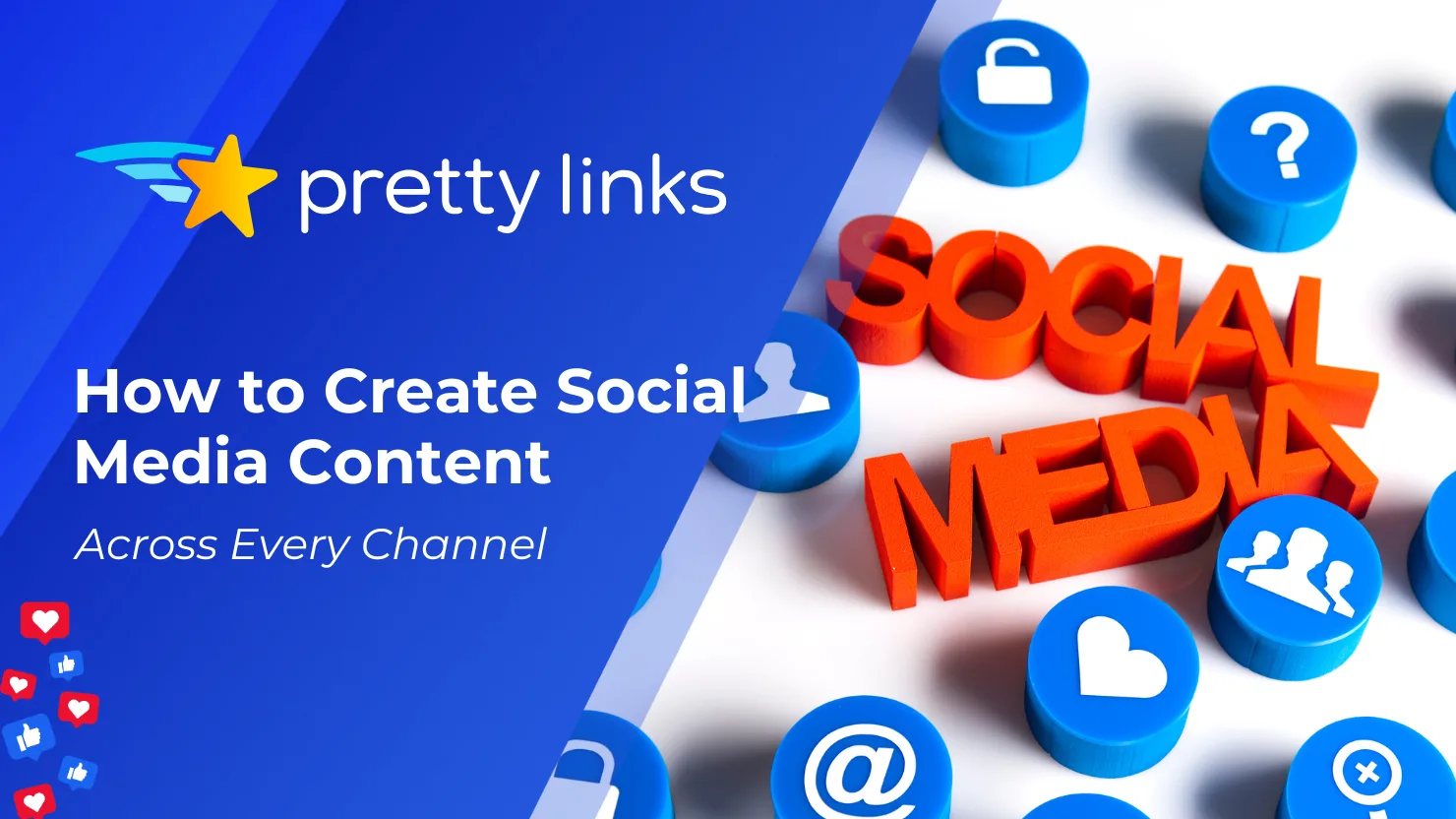
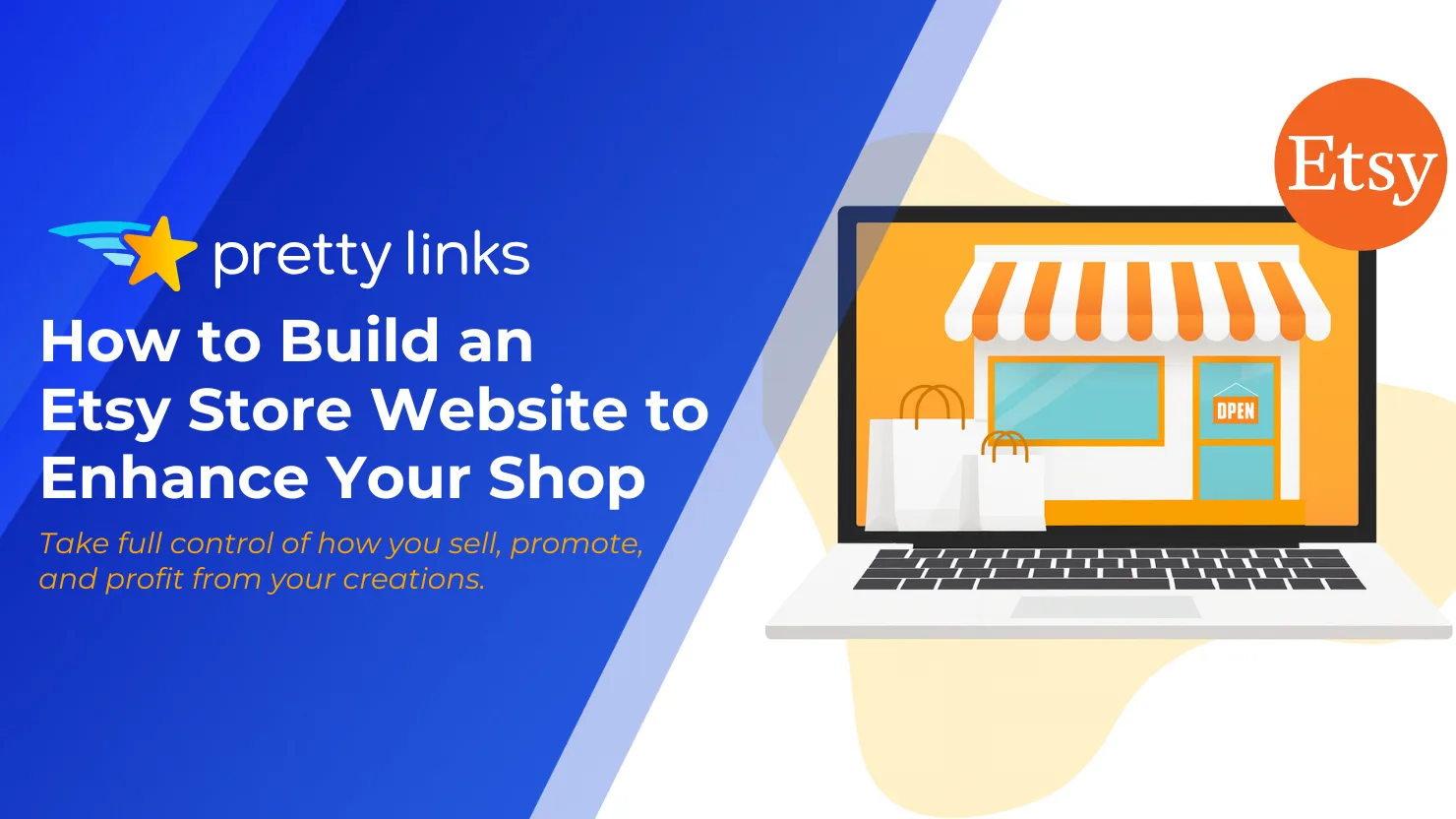
Schreibe einen Kommentar